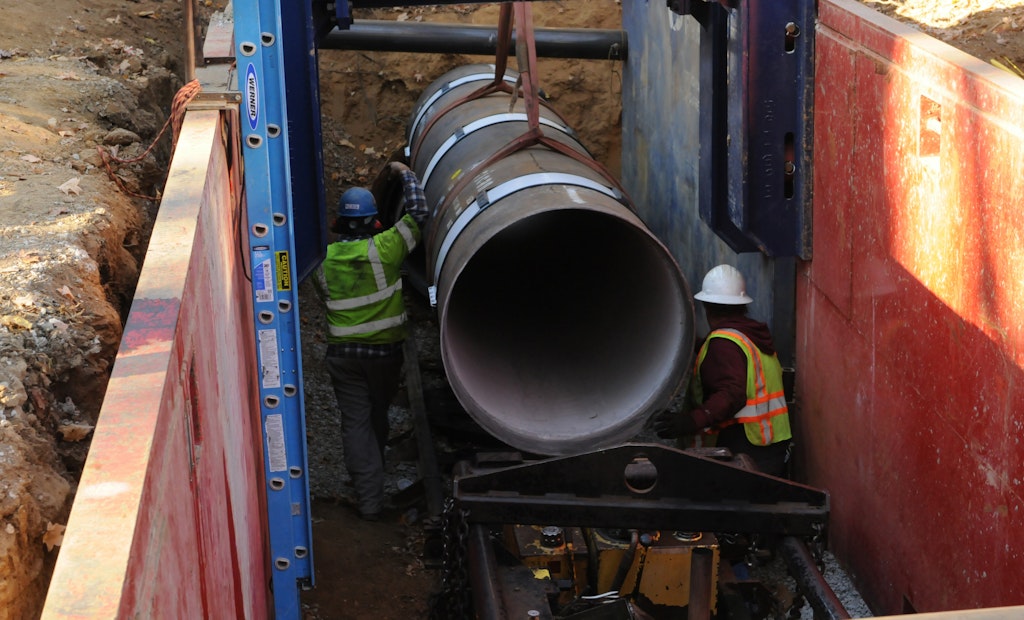
Interested in Education/Training?
Get Education/Training articles, news and videos right in your inbox! Sign up now.
Education/Training + Get AlertsSo you have a huge street project that will disrupt the day-to-day activities of several neighborhoods, while costing a fair amount of public money. You prepare a colorful public presentation containing all the project details in plain English — timelines, dimensions, construction materials, and budget numbers. But only a few folks show up for the meeting, and those who do don’t appear to comprehend the information.
The reason? According to Kelley Dearing-Smith, vice president of communications and marketing for the Louisville Water Co., utilities are sometimes too hung up on numbers, which the public doesn’t really care about. Forget the technical details, she advises, and get on the same page with your customers.
“It’s not how big the pipe is, or what’s the depth, or the cost,” she says. “This can be tough for utilities because traditionally we put out this information without dealing with the most obvious customer questions. They want to know if they will lose their water, or if they can get their kids to soccer practice on time. We can eliminate a lot of frustration if we do this right.”
Louisville Water has just finished the first phase of a three-phase 6.6-mile-long pipeline replacement project beneath a boulevard through one of the city’s more picturesque neighborhoods. A comprehensive public information program preceded the work and has continued to keep residents informed.
“If a utility has a communications professional, that person needs to be part of the early conversations,” Kelley-Dearing says. “If not, then engineers and planners need to think like a communications pro.”
Louisville Water trains its technical staff on how to respond to reporters’ questions, but takes it one step further by practicing on the actual job site.
“It’s more than just answering questions,” Dearing-Smith says. “We practice in hardhats and safety vests — trying to be part of the actual environment.”
Louisville Water also uses focus groups of 12 to 15 customers, with the discussion conducted by an outside moderator, to assess how effective its public outreach methods are.
“We learn a lot,” says Dearing-Smith. “It’s all about listening.”
Your message needs to be more than just water quality, she says. “Trust is a huge factor. You’ve got to be visible.”
Read more about Louisville Water in this profile featured in the July 2017 issue of Municipal Sewer & Water magazine. And check out the website next week for a story about one of the utility’s most valuable methods for communicating to the public: its Water Works Museum.





